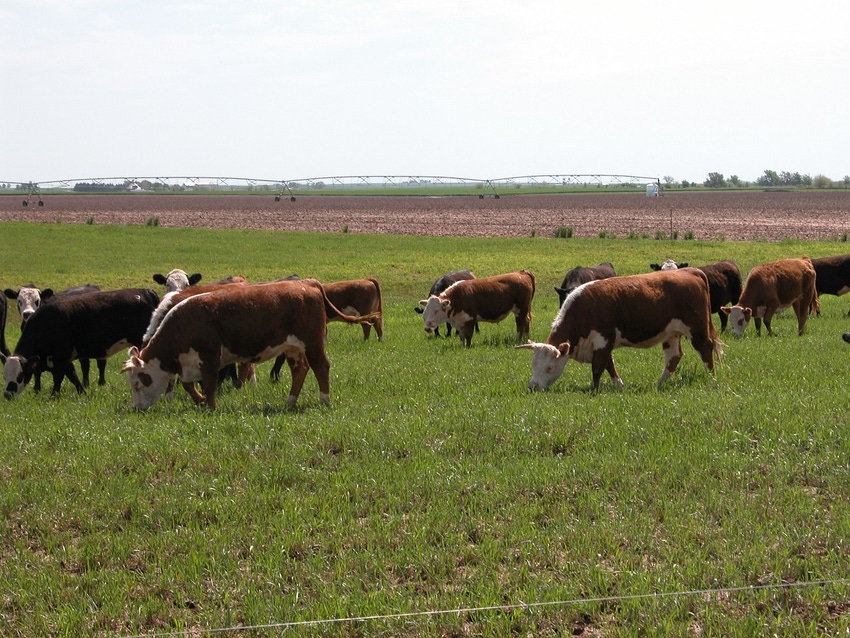
Last fall I spent several hours looking at several cattle on farms and on the internet for a client/friend who needs to graze his pastures and get them back in shape.
He has been without cattle for three years. He is interested in developing a small herd of South Poll cattle. The breed is apparently growing and many of the difficulties with a four-breed composite (Red Angus, Hereford, Senepol and Barzona) have been addressed. They are emerging as quality animals in hot, humid, low-forage-energy environments and have seemingly addressed the major issues with the exception of their red color. Remember, we live in a black-cattle world.
After looking at several itty-bitty herds of cattle that were over-priced and minimally managed, I made the recommendation for my man to purchase a group of 3- to 4-year-old Jersey/New Zealand Friesian crosses that had fairly small frame scores and udders. There were lots of animals to choose from and most are chocolate or black. We looked at 75 head and preg-checked and aged 40 of the girls. We bought 20.
They start calving in March and finish in mid-June. They have been trained to graze in what is called the “barrens” of the Cumberland Highland Rim of east-central middle Tennessee. Two hundred years ago, the larger areas that would not grow corn were named barrens and not settled by farmers and the settlers along the edges of the barrens would run their hogs and milk cows out on the low-fertility ground.
When soft rock phosphate was found and mined from south of the Nashville area it was applied to the barrens soil and it began to grow corn. In the 1840s, farming moved into these areas. The soil is clay and not very deep. It lacks natural fertility but now grows reasonably good grass and row crops. The right kind of cattle there are reasonably productive. I thought it was a good place to buy cattle and move them to a better home.
A grazing program requires us to look and work with biology, chemistry, and everything that is inherent to where our land is located. We need animals that are adapted to our location. One of the first rules is to never move cattle from a better environment to one that is not as well mineralized.
Limestone base, annual moisture, depth and organic content of soil are all major considerations. The barrens lack these considerations. My location on the Highland Rim sits on deeper clay soil but is overdeveloped and under-mineralized. It produces lots of feed, but the nutrient density is quite low.
Cattle adapted to high moisture and low energy have big capacity and large abdomens. Our cattle can load a huge amount of forage into their bellies in a few hours. Complete plant recovery, plant diversity, regular calcium application, a little energy supplement, and a new cut once or more each day works for us. A similar program will work for lots of y’all.
Remember, buy cattle that are going to a better new home. Don’t move from north to south or east to west. Cattle from the low-moisture states will starve to death in belly-deep grass in our country.
About the Author(s)
You May Also Like






